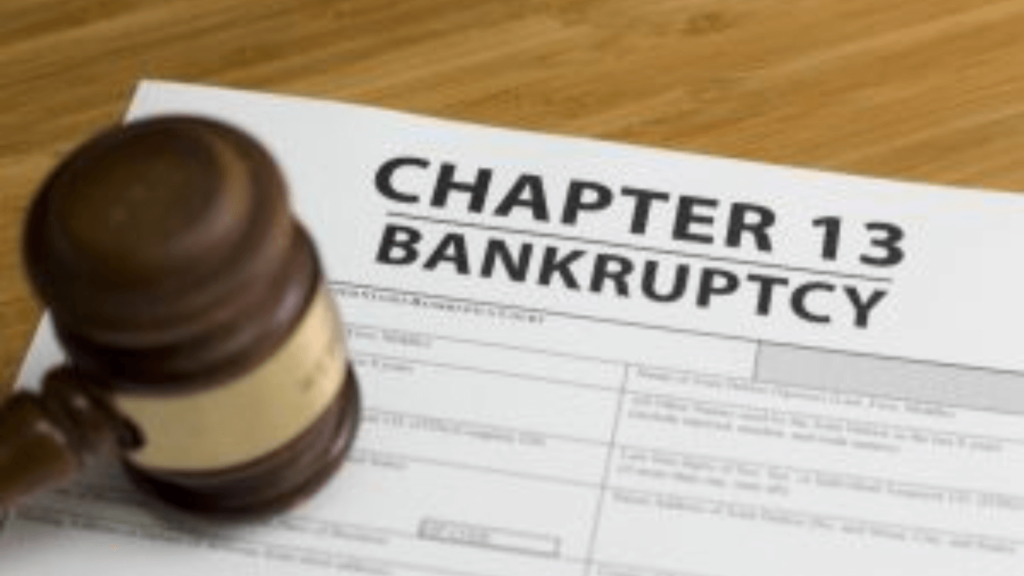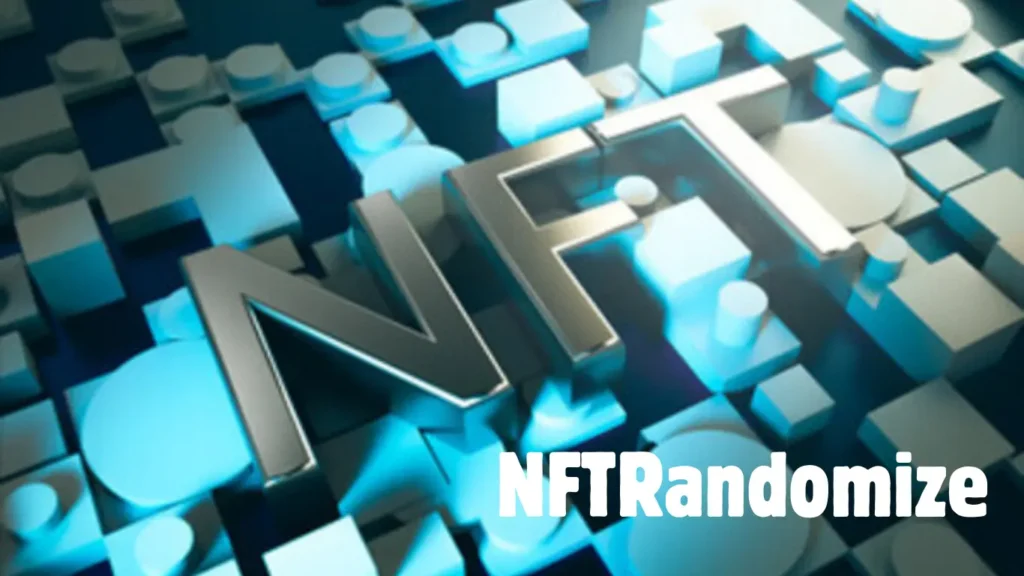Filing Chapter 13 bankruptcy can feel daunting, especially if your financial situation is strained. However, even with limited resources, it’s possible to navigate the process successfully. This comprehensive guide will explain how to file for Chapter 13 without significant upfront costs, offering practical advice to simplify the process.
Understanding Chapter 13 Bankruptcy
Chapter 13 bankruptcy, often called a “wage earner’s plan,” enables individuals with a regular income to reorganize their debts and create a manageable repayment plan. This plan typically lasts three to five years and allows you to retain your assets while catching up on overdue debts. Unlike Chapter 7 bankruptcy, which focuses on liquidating assets to repay creditors, Chapter 13 allows you to restructure payments over time.
The primary benefit of Chapter 13 is protection from creditor harassment, wage garnishments, or repossessions during the repayment period. However, the process can be complicated, especially for individuals filing with limited funds. If I make 1800 a month, can I get food stamps? This is a common question that often arises when people are facing financial difficulties and considering bankruptcy. Eligibility for food stamps depends on various factors, including household size and state-specific income guidelines, so it’s worth checking with your local office for assistance if you qualify.
Do You Qualify for Chapter 13 Bankruptcy?
To determine your eligibility, you must meet specific criteria:
Income Requirements: You must have a stable household income sufficient to cover your living expenses and the repayment plan.
Debt Limits: Your unsecured debts (like credit cards and medical bills) and secured debts (like mortgages) must fall below set thresholds.
Past Bankruptcy Filings: If you have filed for bankruptcy recently, you may not be eligible for Chapter 13.
If you’re unsure about your eligibility, consult an attorney or a qualified bankruptcy professional for assistance.
Waiving or Reducing Filing Fees
Filing for Chapter 13 involves specific costs, such as the filing fee of $338, which includes a $313 base fee and a $25 trustee surcharge. If you cannot afford this amount upfront, you have options:
Filing Fee Waiver
If your household income is below 150% of the federal poverty line, you may qualify to have your fees waived. For example, if your income is less than $1,822.50 per month, you can request a waiver by submitting Form 103B Application to the court.
Installment Payments
If a waiver isn’t possible, you can use Form 103A to request an installment plan. Payments are typically divided into three payments, with the first payment of $80 due when you file. This option allows you to initiate the process without the full upfront cost.
The Importance of Credit Counseling
Before filing for Chapter 13, you are required to complete a credit counseling course from an approved agency or organization.
Credit Counseling Cost: This course usually costs around $50, but some organizations may reduce fees for those facing financial hardships.
Financial Management Course: After filing, you must also complete a financial management class to finalize the process. These courses are vital for understanding how to handle your finances during and after bankruptcy.
Filing Pro Se: A Cost-Saving Approach
If hiring an attorney is unaffordable, you can file Chapter 13 Pro Se (without legal representation). While this can save money, it requires a solid understanding of the rules, procedures, and nuances of bankruptcy law.
Steps for Filing Pro Se
Gather Financial Records: Compile accurate records of your income, expenses, debts, and assets.
Complete the Required Forms: You will need to complete a petition and other official forms detailing your financial situation. Ensure these are filled out correctly to avoid dismissal.
Submit Your Application: File your forms with the court, along with your fee or waiver request.
While filing Pro Se is possible, mistakes can lead to failure or delays, so it’s crucial to approach the process carefully.
Creating a Repayment Plan
The repayment plan is the cornerstone of Chapter 13 bankruptcy. It outlines how you will pay back your debts over time. The judge assigned to your case must approve the plan before it takes effect.
Key Elements of the Plan
Priority Debts: Certain debts, like overdue taxes or child support, must be paid in full.
Secured Debts: If you are behind on your mortgage or car loan, you can include these in the plan to catch up without losing the property.
Unsecured Debts: Debts such as medical bills or credit card balances are often consolidated, and you may only pay a portion of what is owed.
This approach helps consolidate debts into manageable monthly payments, providing breathing room to regain financial stability.
The Role of Automatic Stay
Filing for Chapter 13 triggers an automatic stay, which prevents creditors from taking action against you. This includes stopping wage garnishments, repossessions, and creditor harassment. The stay remains in effect as long as you adhere to your payment plan.
Hiring an Attorney Without Upfront Costs
Although hiring an attorney requires additional funds, their expertise can help you avoid costly mistakes. Many bankruptcy attorneys offer flexible payment plans, allowing you to pay their fees in installments instead of requiring a lump sum.
If you’re in Indiana, consider consulting firms like Sawin, Shea, LLC, which specialize in guiding individuals through the bankruptcy process.
Dispelling Misconceptions About Chapter 13
Many people believe that filing Chapter 13 requires paying back all debts in full, but this is a common misconception. In reality, many debts can be reduced or even discharged through the process.
Additionally, the idea that filing requires substantial upfront money is misleading. With fee waivers, installments, and low-cost credit counseling options, filing is accessible even for those on tight budgets.
Conclusion
Filing Chapter 13 bankruptcy with limited funds is challenging but entirely possible. By leveraging tools like fee waivers, installment payments, and professional guidance, you can overcome financial hurdles and take control of your debts.
Whether filing Pro Se or working with an attorney, understanding the process and making informed decisions are critical to success. With careful planning and determination, Chapter 13 can offer a fresh start and protection from aggressive creditors.
If you feel overwhelmed, consider reaching out to experienced firms like Sawin, Shea, LLC to help you navigate the process. Remember, the goal is to rebuild your financial future—one step at a time.
FAQs
What is the lowest payment on Chapter 13?
The minimum payment in Chapter 13 bankruptcy is usually 8 to 10 percent of your disposable income, based on your debt, income, and budget. The court calculates the amount required by reviewing your total obligations and ensures creditors are paid fairly. A trustee manages your repayments under the approved plan, with possible adjustments for your filings if needed.
Can you lose your bank account in bankruptcies?
In bankruptcy, your bank account won’t typically be frozen immediately, but if there are issues like owing money to the bank, problems can arise. If this happens, you may need to use another bank account until the issue is resolved.
What will I lose if I file Chapter 13?
If you file Chapter 13, you may have to surrender non-essential assets like a second home, luxury items, or an expensive jewelry to repay your debts. However, your primary residence and car are typically protected as essential assets. Creditors may push for liquidated assets if they are not paid, but this is rare.
Can you get help to pay for bankruptcies?
If you’re filing Chapter 13 bankruptcy but have no funds for attorneys’ fees, you can get help through local legal aid or low-cost services. Reaching out to these attorneys can provide free or low-cost options, including payment plans to reduce bankruptcy costs and assist with your repayment plan.
Do you have to pay everything back in chapter 13?
When you file Chapter 13, you don’t always have to pay all your debts. Based on your disposable income, your repayment plan can last three years or five years, and unsecured creditors may receive only a small portion, with some debts possibly discharged.



